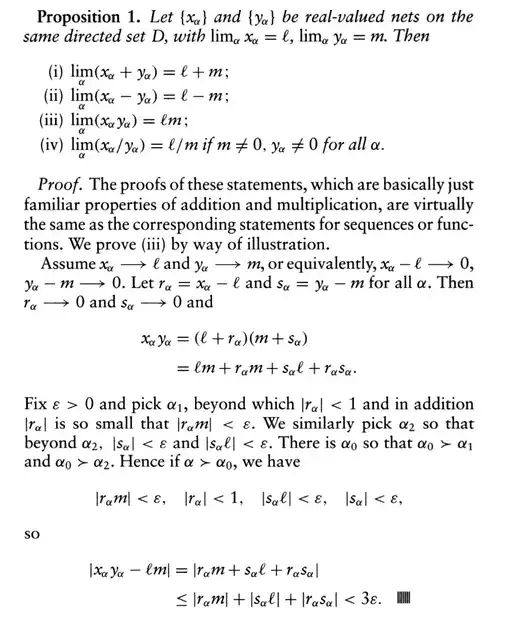The problem here is really that the impeccable "logical" order isn't always the clearest way of explaining something. There's a couple of ways to get around this. Suppose, for example, that your argument is of the form $$\varphi_0 \rightarrow \varphi_1 \rightarrow \cdots \rightarrow \varphi_{389} \qquad \therefore \varphi_0 \rightarrow \varphi_{389}$$
Ask yourself: how did you actually come up with this argument? Well, you probably made an educated guess that $\varphi_0 \rightarrow \varphi_{87}$, that $\varphi_{87} \rightarrow \varphi_{217}$, and that $\varphi_{217} \rightarrow \varphi_{389}.$ Then you went about filling in the details.
So there's these special intermediate $\varphi$'s that are especially simple, or interesting, or natural-looking steps toward your actual goal.
Approach 0. Tell the reader about these special intermediate steps ahead of time.
For example:
The proof will proceed in three sections. In the first section, we will demonstrate that $\varphi_0 \rightarrow \varphi_{87}$. In the second section...
Then put "Section X" at the beginning of each section and be sure to remind the reader of what you're doing.
Approach 1. Alternatively, try reducing the argument to fewer lines by interjecting technical lemmas into the proof whenever you need them, and then proving them afterward. For example:
Assume $\varphi_0$. It's clear that $\varphi_1$, from which we deduce $\varphi_2$. Hence using:
Lemma 0. You're beuatiful.
we deduce $\varphi_{87}$. Multiplying both sides by your chest hair demonstrates that $\varphi_{88}$. Now use:
Lemma 1. If two people have identical chest hair, they're equal.
to see that $\varphi_{217}$.
(etc.)
Then go and prove the lemmas afterward.
Addendum. Rereading my original answer, I notice it has a major deficiency that I'd like to address here. In particular, the above answer fails to mention the importance of the word "show" and phrases like:
- "we're trying to show that..."
- "hence, it is enough to show that..."
Appropriate use of such phrases is a key tool for writing clearly, not only because they clarify what it is you're doing, but also because they give you a means of beginning at the end of the proof and working backwards, which is often a lot clearer.
Let's take a look at your example:
"Consider $s$, this seemingly random object that I present to you out of nowhere. Let us work on this for the next 1-2 pages, don't ask me why ..... [1-2 pages later] .... and that proves that $s$ is true. Now by noticing this and that, we see that this implies $S$ is true. Surprise! QED"
You could rewrite this as:
Our goal is to show $S$. By Theorem (whatever), it suffices to show $s$. Rewriting to make $x$ the subject, we see that it suffices to show $s'$. Therefore ..... [1-2 pages later] .... Hence it suffices to show that $1 > 0$. But this is trivial.
Be sure not to say "we need to show ." You never need to show a goal, because it's not a necessary step for completing the proof, rather it's sufficient for completing the proof. Better to say: "it's enough to show that," etc.
Here's a bigger example of how to write in this way that you might find helpful.
Problem. Show that $$\forall n \in \mathbb{N} : \sum_{i = 0}^{n-1}(i+1)^2 = \frac{n(n+1)}{2}.$$
We proceed by induction. For the base case, our goal is to show that $$\sum_{i = 0}^{0-1}(i+1)^2 = \frac{0(0+1)}{2}.$$ That is, we're trying to show that $0 = 0.$ But this is trivial.
For the inductive step, assume $$\sum_{i = 0}^{n-1}i+1 = \frac{n(n+1)}{2} \tag{$*$}.$$ Our goal is to show the following $$\sum_{i = 0}^{n}i+1 = \frac{(n+1)(n+2)}{2}.$$ Since the function $t \mapsto t - a$ is injective for all $a \in \mathbb{R}$, hence by subtracting $(*)$ from both sides, we see that it is enough to show that $$\sum_{i = 0}^{n}i+1 - \sum_{i = 0}^{n-1}i+1 = \frac{(n+1)(n+2)}{2} - \frac{n(n+1)}{2}.$$
Simplifying, we deduce that it's enough to show that $$n+1 = \frac{(n+1)(n+2)}{2} - \frac{n(n+1)}{2}.$$ But this is true, by elementary algebra. This completes the proof.

Absolutely not! As a teaching assistant grading 50-100 homework sets a week, by far the greatest source of frustration for me and my colleagues are assignments that give no motivation and none of the underlying ideas. The point of (our) homework assignments is not that you give formally correct proofs. The point is that you show that you've understood the material.
– Servaes Dec 24 '16 at 10:38